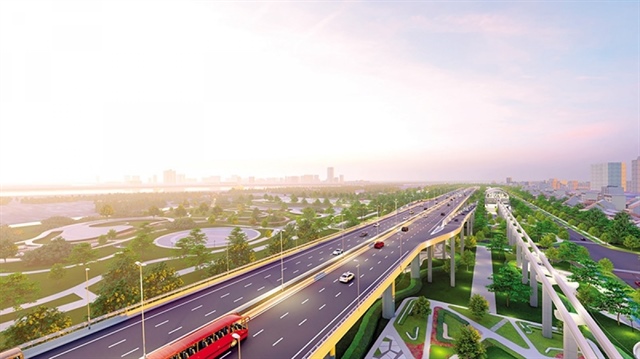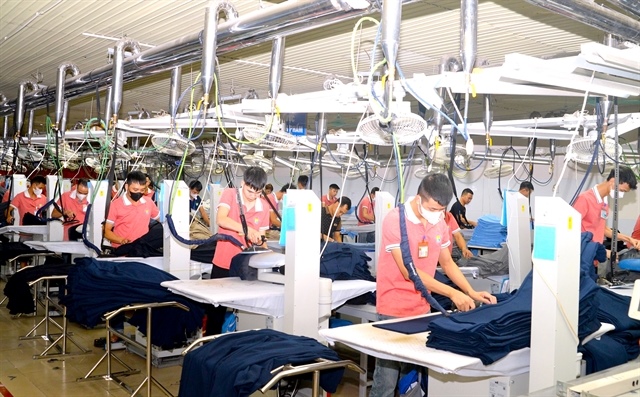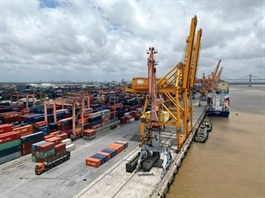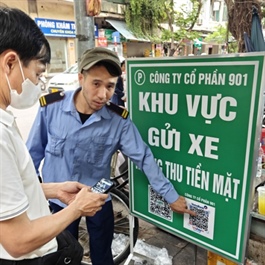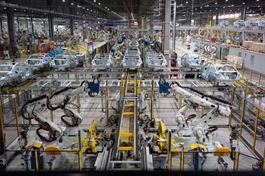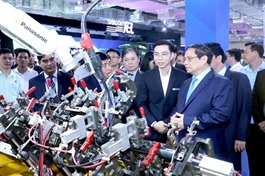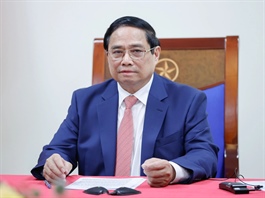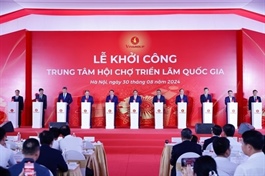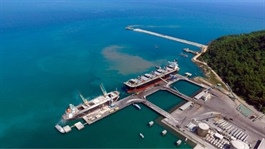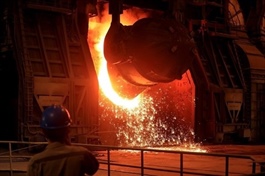Resolution 35 unlocks Hải Phòng’s development potential
Resolution 35 unlocks Hải Phòng’s development potential
Nearly three years have passed since the National Assembly's Resolution 35 was carried out, the northern port city of Hải Phòng has emerged as a shining example of progress, with notable achievements transforming the cityscape and bolstering its economy.

Hải Phòng Port. The northern port city of Hai Phong has emerged as a shining example of progress, with notable achievements transforming the cityscape and bolstering its economy. — VNA/VNS Photo Tuấn Anh |
The resolution, which granted the city greater autonomy, has produced remarkable results, although the journey is not without share of challenges.
During a recent visit, National Assembly Chairman Trần Thanh Mẫn received a detailed report from Chairman of the municipal People's Committee Nguyễn Văn Tùng, with a highlight on the city's advancements. Hải Phòng has gained greater control over administrative procedures related to land, planning and construction, while policies aimed at increasing income for officials and civil servants have been underway with transparency and openness.
The targeted funding mechanisms and policies introduced by Resolution 35 have encouraged Hải Phòng to boost its contributions to the national budget and allocate additional resources for socio-economic infrastructure. These efforts have significantly contributed to meeting development goals outlined in the Politburo’s Resolution No 45 and the Resolution of the 16th municipal Party Congress.
One of the most striking outcomes is the streamlined process for changing the use of rice-growing land. The processing time has been slashed from 6-9 months to just 1-2 months for areas between 10 and 500 ha, expediting compensation and site clearance and ensuring investment projects stay on schedule.
The city has also successfully exploited around 1,400 ha of agricultural land within three industrial zones, expanding production activities, increasing export turnover and generating substantial revenue. This initiative has transformed the southern wasteland areas of Nam Đình Vũ into a bustling architectural landscape, attracting large and high-value investment projects, and creating employment opportunities for around 50,000 workers.
However, despite the obvious progress, several limitations and obstacles persist. In 2022 and 2023, the city was unable to issue local government bonds. Additionally, the complex process for Official Development Assistance (ODA) projects, involving multiple steps and adherence to donor-specific regulations, has further complicated the problems, leading to delays in project disbursement.
Moreover, the legal framework, mechanisms, and policies supporting socio-economic development remain incomplete and inconsistent. Existing directives aimed at fee exemption and reduction to support residents and businesses have proven to be of limited feasibility, highlighting the need for more tailored and effective policies that align with the city's current situation.
To address these challenges, Chairman Tùng proposed the introduction of 25 special mechanisms and policies for the city, with a focus on public finance, state budget, investment management, organisational structure, urban planning, resource and environmental management, sci-tech policies, and the pilot establishment of the Hải Phòng Free Trade Zone.
NA Chairman Mẫn assigned the NA Secretary-General and Office to compile Hải Phòng city's proposals and recommendations and forward them to relevant agencies for consideration within their authority. He emphasised that these must comply with legal regulations while ensuring favourable conditions for Hải Phòng to foster socio-economic development and become a key driver of growth for the region and the entire country in the coming time.


